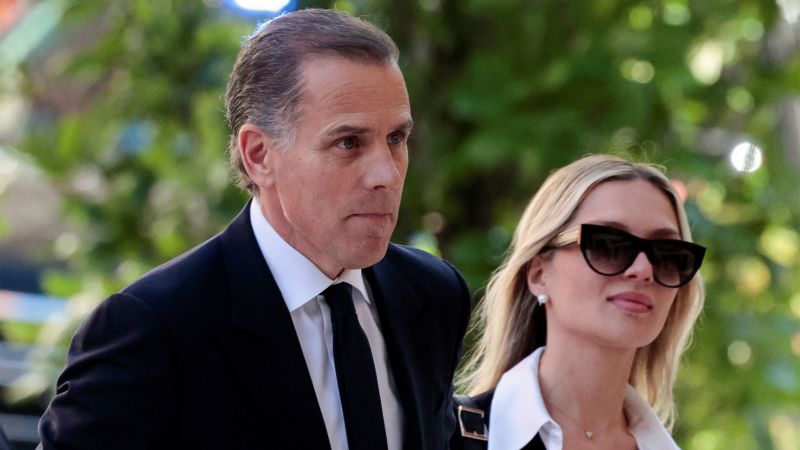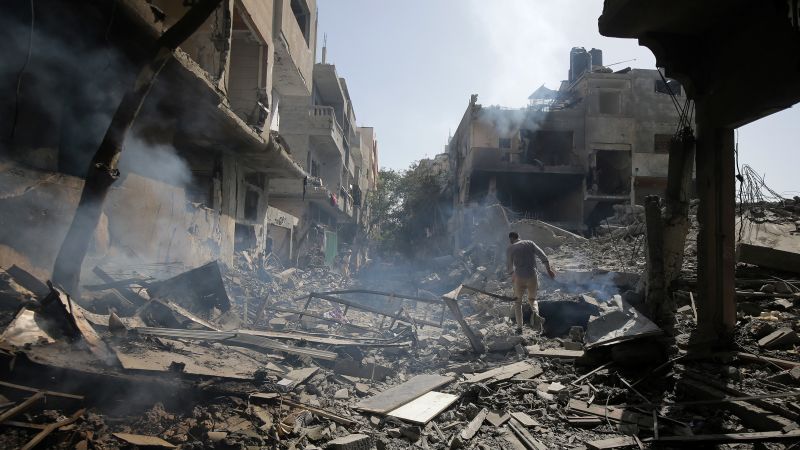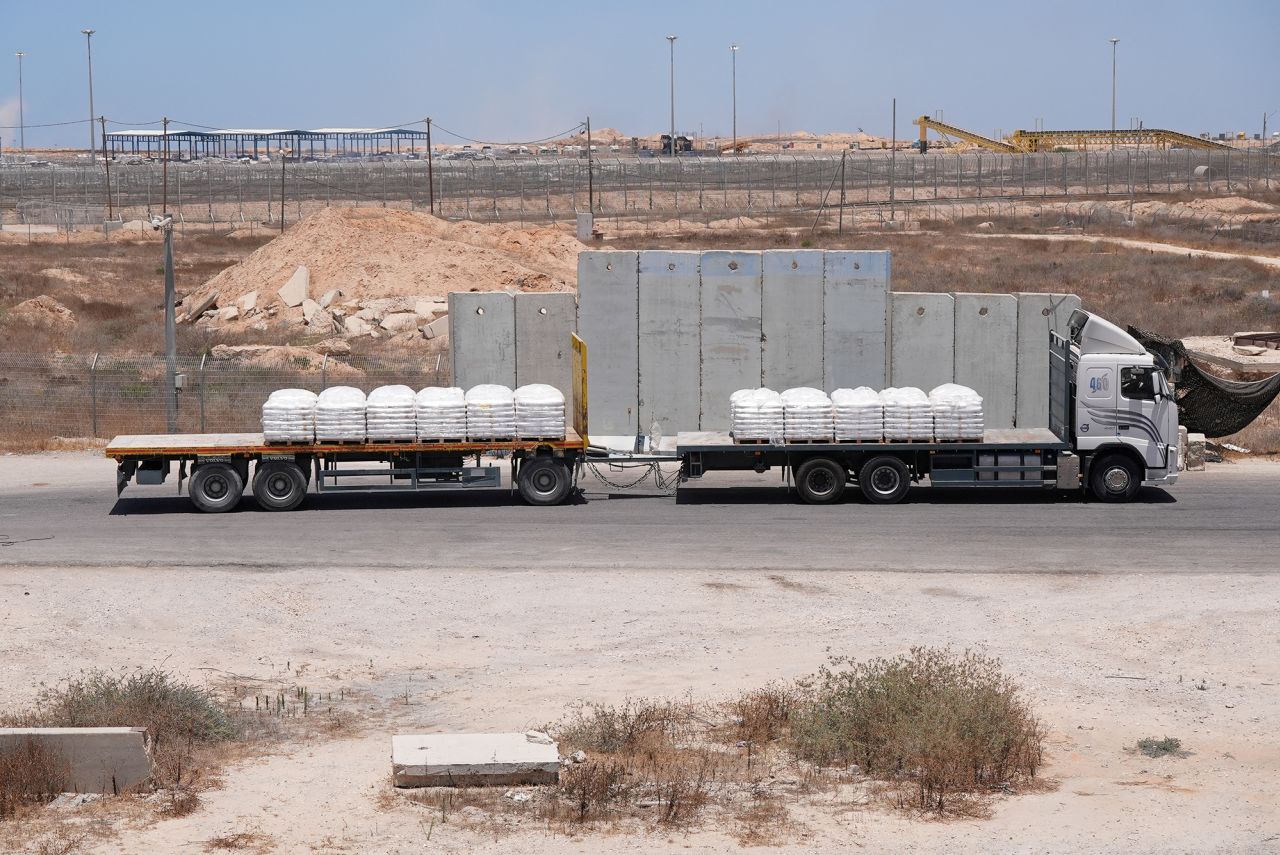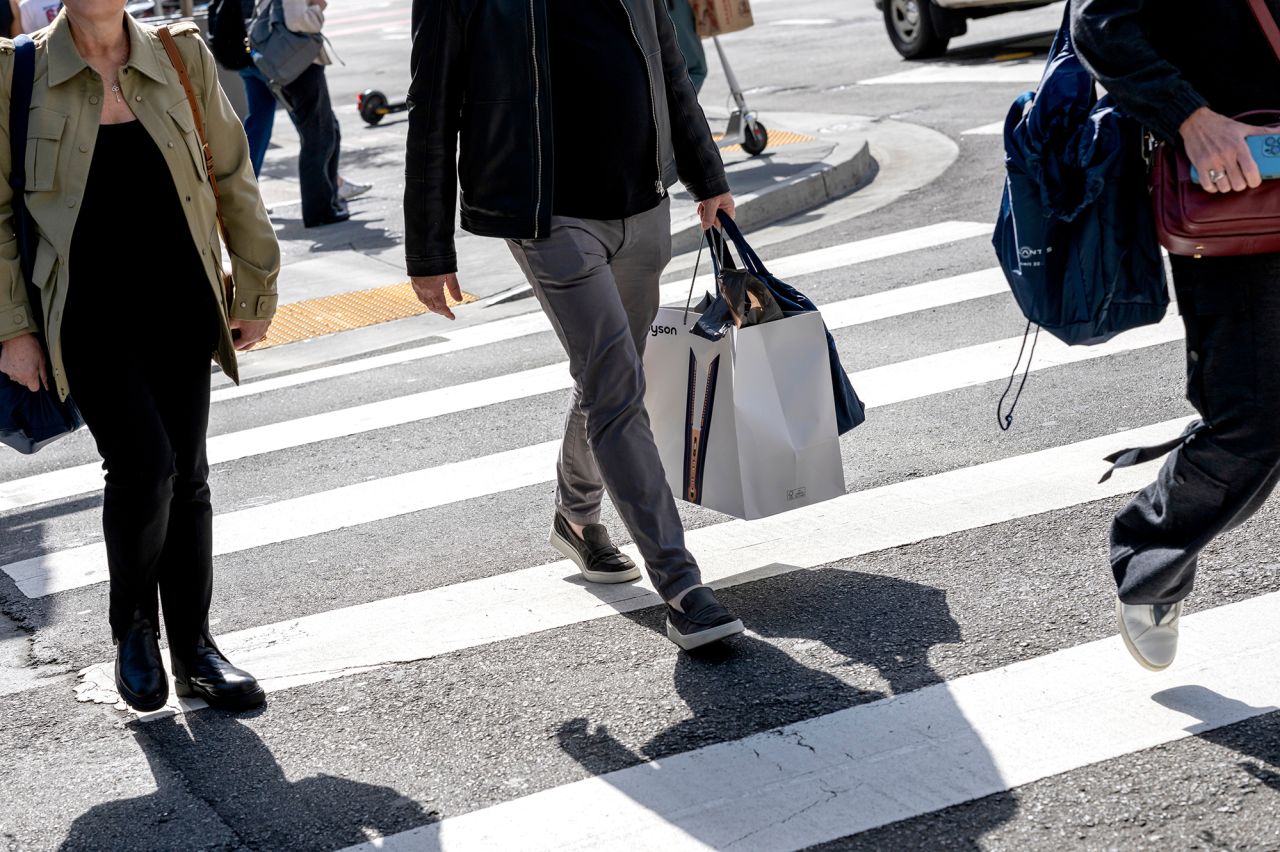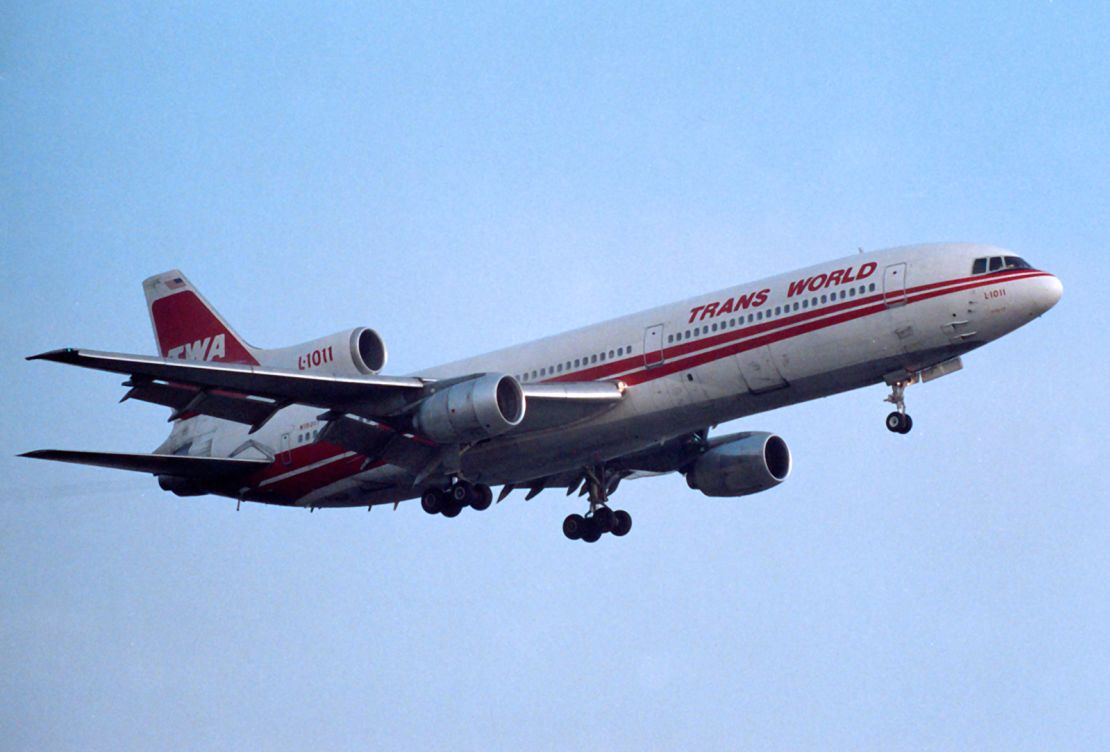CNN
—
“I came of age when the jet age came of age,” says Ann Hood, an American novelist and New York Times best-selling author, whose book “Fly Girl” is a memoir of her adventurous years as a TWA flight attendant, right at the end of the Golden Age of air travel.
As a child, growing up in Virginia, she witnessed the first flight of the Boeing 707 – which ushered in the era of passenger jet travel – and watched Dulles airport being built.
At the age of 11, after she moved back to her native Rhode Island with her family, she read a 1964 book titled “How to become an airline stewardess,” and her mind was made up.
“Although it was sexist as hell, it enticed me because it talked about having a job that allowed you to see the world and I thought, well, that might work.”
When she graduated from college, in 1978, Hood started sending job applications to airlines. “I think 1978 was a really interesting year, because many of the women I went to college with had one foot in old ideas and stereotypes, and the other foot in the future. It was kind of a confusing time for young women.”
“Flight attendant” was a newly minted term, a gender neutral upgrade from “hostesses” and “stewardesses,” and deregulation of the airline industry was around the corner, ready to shake things up.
But for the most part, flying was still glamorous and sophisticated and flight attendants were still “beautiful and sexy ornaments,” as Hood puts it, although they were already fighting for women’s rights and against discrimination.
The stereotype of stewardesses in miniskirts flirting with male passengers still endured, popularized by books like “Coffee, tea, or me? The uninhibited memoirs of two airline stewardesses” – published as factual in 1967, but later revealed to have been written by Donald Bain, an American Airlines PR executive.
Photos of vintage inflight dining experiences
Some of the worst requirements to be hired as a flight attendant – such as age restrictions and losing the job in case of marriage or childbirth – had already been lifted, but others remained.
The most shocking one, perhaps, was the fact that women had to maintain the weight they had at the time of hiring.
“All airlines sent a chart with your application, you looked at your height and the maximum weight and if you did not fall within that, they wouldn’t even interview you,” says Hood. “But once you got hired, at least at TWA, you couldn’t go up to that maximum weight. You had to stay at your hiring weight, which in my case was about 15 pounds less than my maximum limit.
“My roommate got fired over this. The really terrible thing about it, other than what it did to women, is that this restriction was not removed until the 1990s.”
Hood was one of 560 flight attendants, out of 14,000 applicants, hired in 1978 by TWA, then a major carrier, acquired by American Airlines in 2001.
The job started with a few days of intense training in Kansas City, where cadet flight attendants would learn everything from aircraft part names to emergency medical procedures, as well as the safety protocols of seven different aircraft. The list included the Queen of the Skies, the Boeing 747.
“It was kind of terrifying, because it was so big – and the stairs, the spiral stairs that led to first class that you had to go up and down not infrequently,” says Hood. “I would keep thinking: don’t trip. Eventually I got used to it.”
Carving chateaubriand
She says her favorite plane to work on was the Lockheed L-1011 TriStar. “Domestically, only Eastern Airlines and TWA flew it. It was a very approachable, workable widebody plane with a lovely setup of two seats on each side and then four seats in the middle, so everybody could get out easily. Nobody was unhappy on that plane.”
Flying was still glamorous at the time, she says.
“People dressed up to fly and remembered the food in a good way. It’s really different from today. I can only compare it to being in a fine hotel, or maybe on a cruise ship. Nothing was plastic and coach was super nice,” says Hood, who remembers donning her Ralph Lauren-designed uniform and carving chateaubriand cooked to taste for first class passengers, who also had a choice of Russian caviar and lobster bisque to go with their Dom Perignon.
It wasn’t all a bed of roses. Smoking on board was widespread, and for flight attendants it was a nightmare.
“If you went on a five-day trip, which wasn’t uncommon, you had to pack a separate whole uniform because you just would smell so much like smoke,” Hood says. “Boy, was I glad when that stopped. The front rows of each section were deemed non-smoking, but the whole plane was filled with smoke because you couldn’t keep it from going backwards, it was ridiculous.”
What about the Mile High Club? “It wasn’t uncommon on international flights to see a man go into the bathroom and a minute later his seatmate join him, or some version of that,” says Hood. “It didn’t happen on every flight, but you saw it.
“International flights usually weren’t as full as they are now, so in those middle sections of five seats on a 747 you could see a couple put the armrests up, take a blanket and disappear under it. I can’t say what they were doing, but it looked suspicious.”
As for passengers flirting or asking flight attendants out, it was also common. “I did date passengers, but that was mostly disastrous. It was never what I had imagined. But in 1982, I met a guy on a flight from San Francisco to New York. He was sitting in 47F – and I dated him for five years.”
Hood has seen her fair share of bizarre things on board. “The weirdest would definitely be the woman in first class who appeared to be breastfeeding her cat. I mean, I can’t say that it was actually happening, but she had her cat to her breast.
“And then the guy who flew the whole way in his tighty-whities and his dress shirt and tie, because he didn’t want to wrinkle his pants for a job interview. Or the guy on a 747 in Frankfurt who was riding his bicycle down the aisle,” she reveals.
That said, the routine would sometimes kick in, and not every flight was a wondrous concentrate of adventure and glamor.
“I would say the job was 80% fun and 20% boring. In some flights, especially those that weren’t very full, there was a lot of time to fill. You can only serve people so much food and so many drinks, and play so many movies. I made the job fun. I loved talking to people. I loved the feel of it. I still love flying today,” says Hood.
She says it was indeed possible to actually visit and experience the cities she traveled to. “Sometimes your layover was really short or you were just tired, but for the most part, the city was right out the door. I very much took advantage of that when flying internationally.”
She left the job to focus on her writing career in 1986, and by that time things had changed. Deregulation, which removed federal control over everything from fares to routes, had come fully into effect, changing flying forever.
Planes became filled with more seats and coach stopped being as pleasant, but flying was also democratized and made available to a far larger share of society.
Hood says she is proud of her career in the skies.
“Flight attendants are a force. They’re highly unionized. They’re independent. In the cabin, they make all the decisions. They have to troubleshoot. They’re there for the emergency stuff. They land in cities where they don’t know anything or anyone and find their way.
“It’s such an empowering job, yet it’s a sexist job. In itself, it is as contradictory today as the time in which I started it,” she says.
Nevertheless, she recommends it as a career option.
“I was 21 when I was hired, and it gave me confidence, it gave me poise, and the ability to think on my feet,” she adds. “To take charge on that airplane, and once I got off, to walk into a city and feel completely at home – or at least figure out how to feel at home in it.
“I don’t know if it should be someone’s life’s work – if they want it to be that, great. But I think a few years working as a flight attendant could change your life.”

